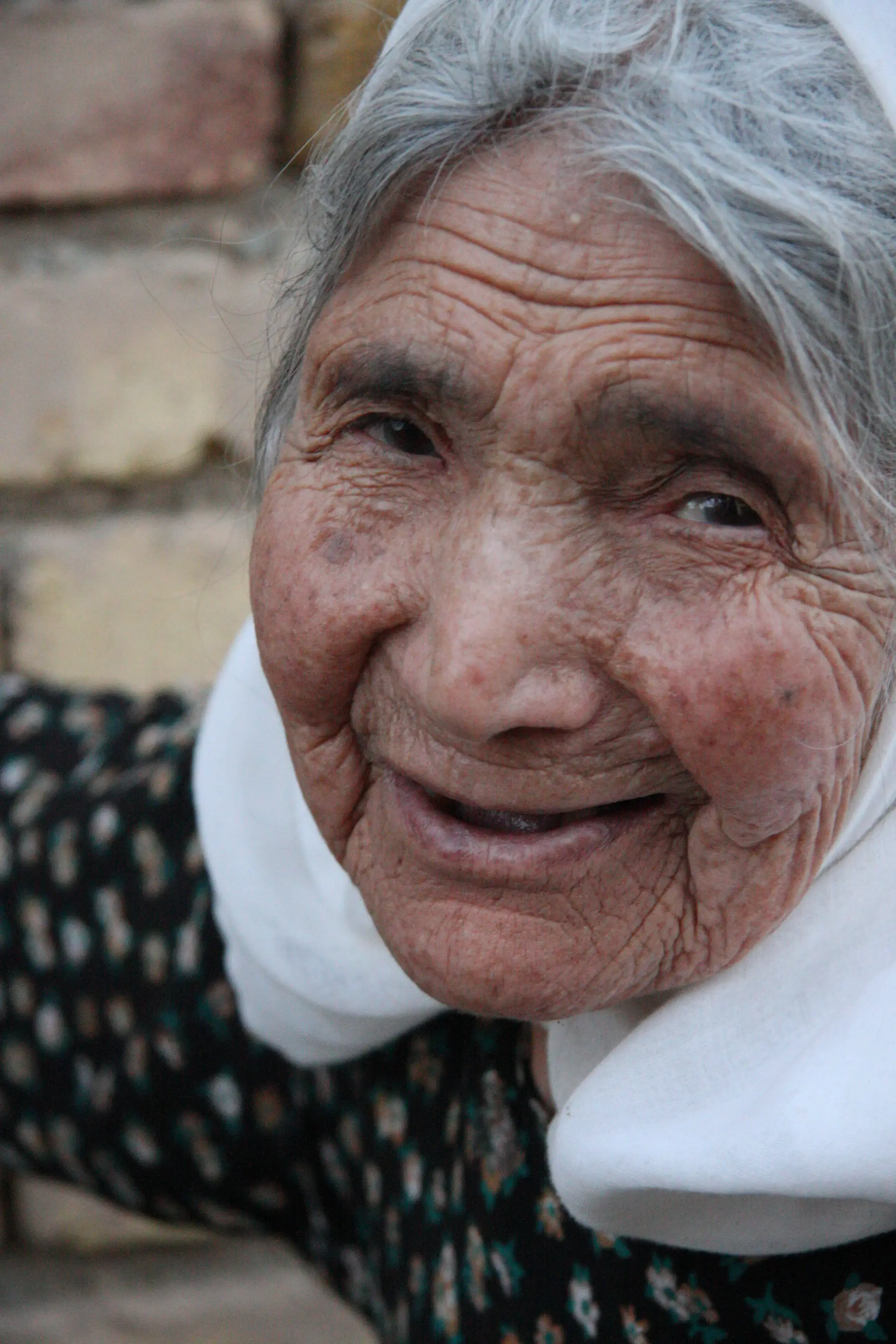Iran is experiencing one of the fastest rates of population ageing. This is primarily due to increased life expectancy and declining fertility rates. Having reached low levels of fertility (1.6 children per woman in 2022) and low mortality, the Islamic Republic of Iran has completed the demographic transition. It is expected that by 2050, 27.9 percent of the population will be aged over 60 years-52 percent of whom will be older women. Against this backdrop, UNFPA helps the Government promote the life-cycle approach by investing in every stage of a person’s life to ensure healthy, active ageing including for people with disabilities.
The National Document of Ageing, approved by the Government in the previous country programme (2017-2023) is currently under implementation. In this endeavor, UNFPA supports its key partners the Secretariat of the National Council of Elderly (SNCE) of the State Welfare Organization, and the Ministry of Health and Medical Education. More specifically, UNFPA supports partners in the generation of evidence to identify gaps in social and welfare systems for older people and people with disabilities, as well as in advocating for an age-friendly and disability-friendly enabling environment.




